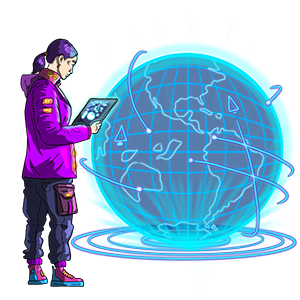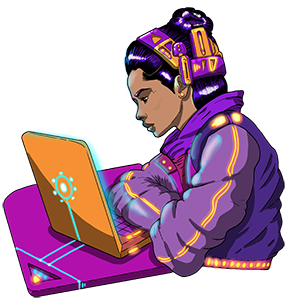In the vast realm of video games, captivating storylines are the heartbeats that keep players engrossed. This is even more true when the player can engage with the video game in their native language. For video game developers eyeing a global audience, localization is the key to unlocking new horizons. Yet, with around 7,000 languages spoken worldwide, a strategic approach to expanding into new languages is vital.
Let’s delve into six essential aspects to consider when embarking on a multilingual video game localization project.

1. Target Languages
Choosing the right target languages to focus on is pivotal and market research will be your guiding light here. While AAA games like The Horizon Series or Uncharted support up to 20 languages, decisions should align with the target market, genre, platform, and video game type. The number of languages impacts the size of your localization team, deadlines, and costs.
2. Terminology Management
Creating a term base—which is a repository of key terms across languages—ensures consistency. This not only avoids confusion among players but also fosters cohesion within large development teams. In franchise video games, acknowledging critical terms from previous installments is crucial, ensuring a seamless gaming experience.
3. Style Guide
Crafting a style guide involves meticulous decisions based on context, lore, existing fanbase, and target audience. It’s a roadmap that navigates the voice, tone, and cultural nuances of localized versions. Transcreation and culturalization find their space within these considerations.
4. User Interface (UI)
UI design plays a pivotal role in multilingual video games. Internationalization-ready projects demand adaptable interfaces. Developers must ensure fonts support diverse languages and UI elements accommodate varying screen sizes across gaming devices. Commands and explanations might differ, necessitating a careful balance between aesthetics and functionality.

5. Files and Formats
The backbone of any game lies in its coding and software. Different gaming engines require specific file formats. Understanding these requirements is crucial to avoid delays and mid-project alterations. A competent localization team tailors output files to meet project and developer needs, ensuring seamless integration.
6. Localization Quality Assurance (LQA)
No multilingual game is complete without rigorous localization quality assurance. LQA serves as the final checkpoint, guaranteeing a high-quality, glitch-free gaming experience. This meticulous step ensures that the localization aligns perfectly with the original intent, providing players with an immersive, culturally sensitive journey.
The Takeaway
Embarking on a multilingual video game localization journey is no small feat. However, with the right localization partner, these challenges can be surmounted. A professional team not only understands the intricacies of languages but also appreciates the essence of your video game. By investing in a reliable partner, video game developers can transform their creations into global adventures, connecting with players across diverse cultures and languages. So, gear up, choose your languages wisely, and let your video game traverse borders, breaking linguistic barriers along the way.



